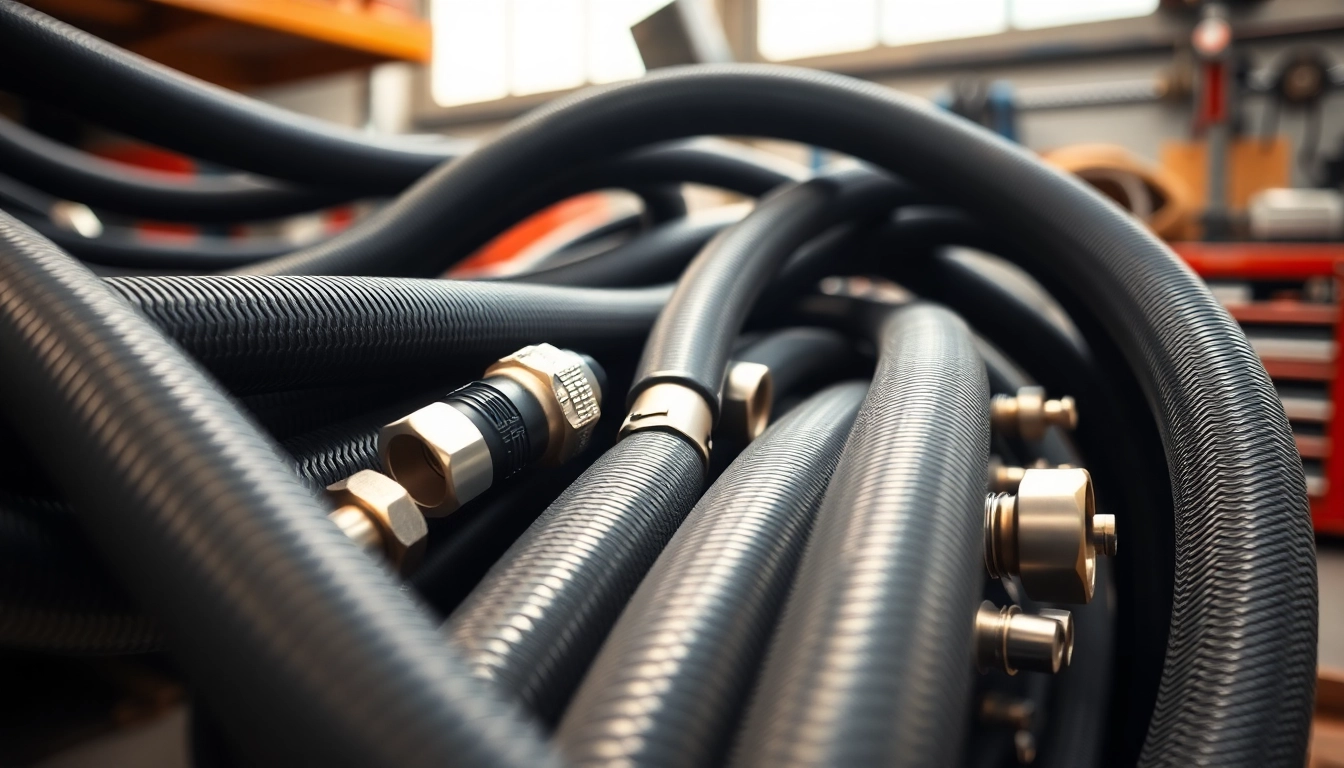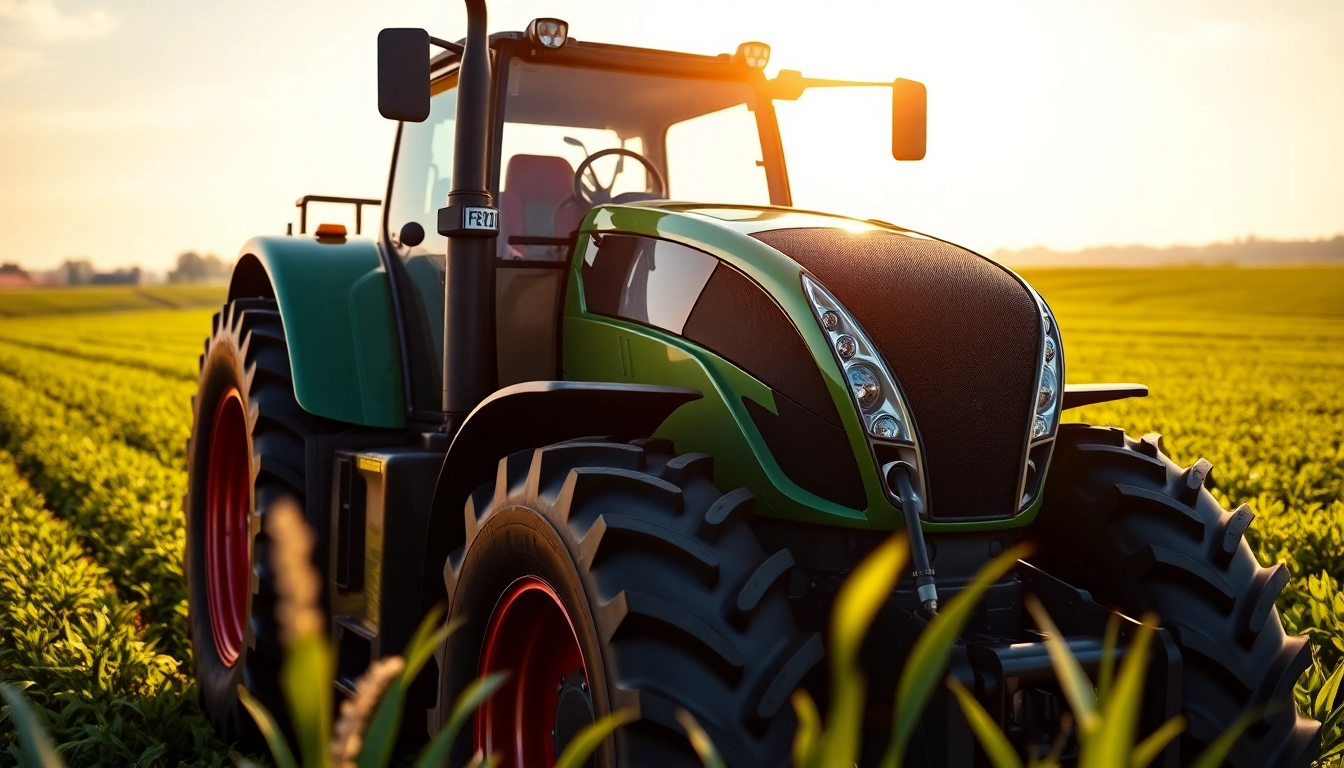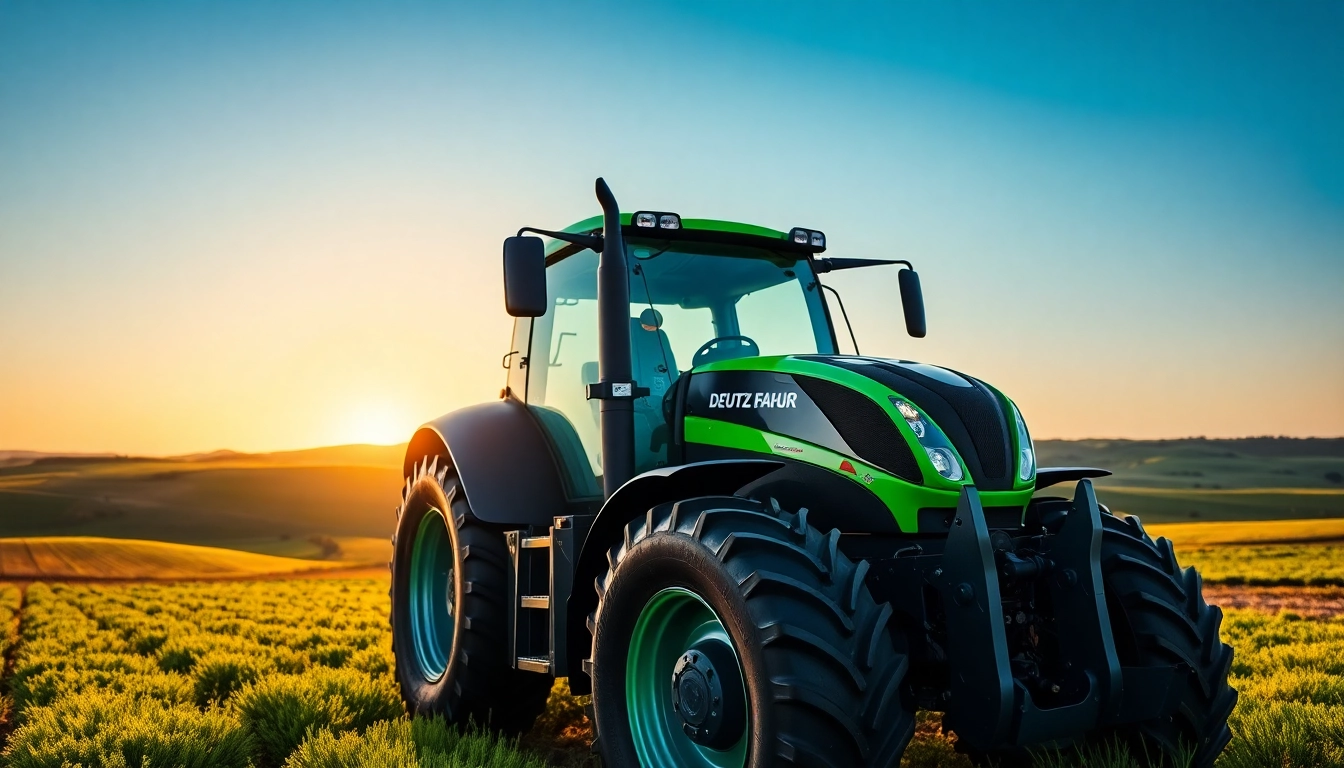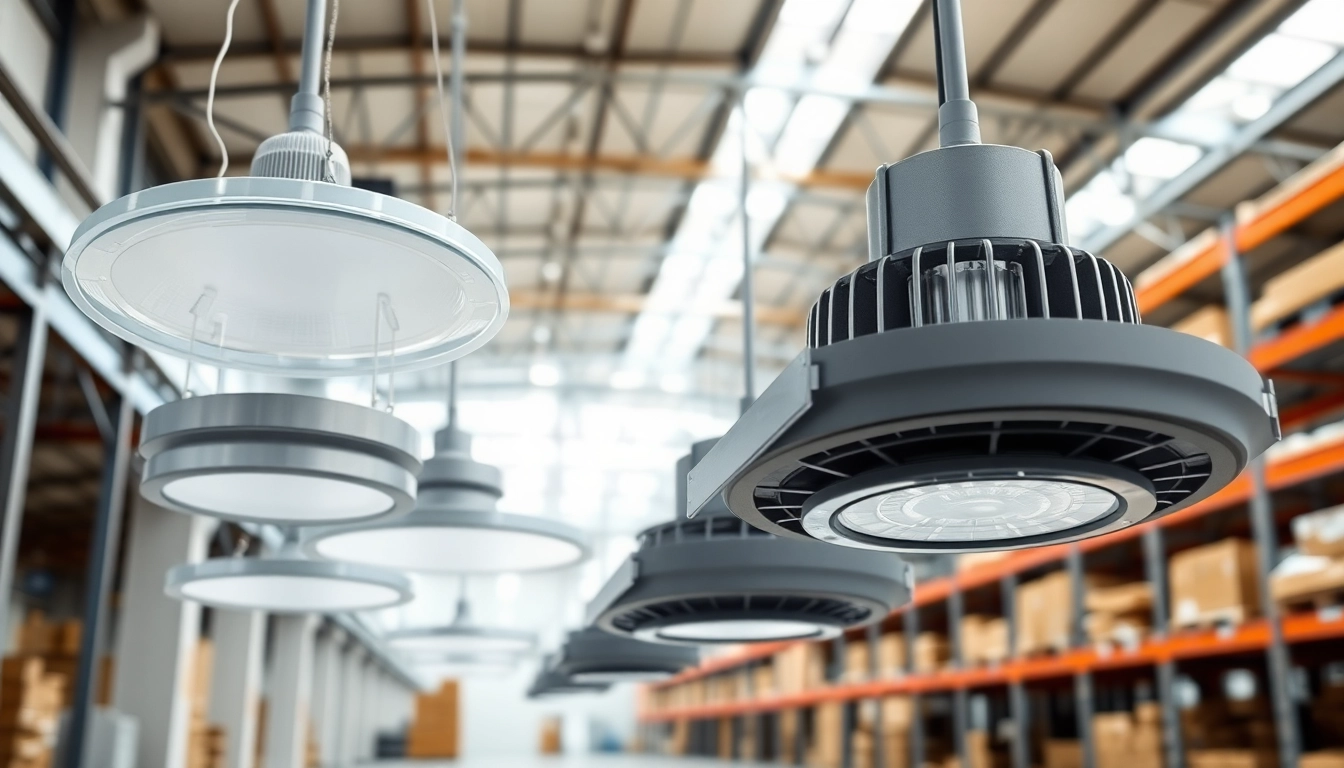
Understanding Air Hoses and Fittings
1. What are Air Hoses?
Air hoses are flexible tubes designed for the efficient transfer of compressed air from a source, such as an air compressor, to various tools and devices that require compressed air to function. These hoses are integral to many industries, including construction, automotive, and manufacturing, as they facilitate a range of pneumatic operations. The market offers a diverse range of air hoses and fittings, each designed for specific tasks and environments. High-quality, durable air hoses can ensure that tools operate effectively while maintaining safety and efficiency in the workspace. Understanding the basic construction and functionality of air hoses can help users select the best product for their needs.
2. Types of Air Fittings
Air fittings are crucial components that allow for the secure connection of air hoses to various tools and equipment. They come in several types, including:
- Couplers: Quick-connect couplers allow for fast and easy connection and disconnection of air hoses and tools without needing tools.
- Fittings: These are permanent connections that can include elbows, tees, and reducers, which help in connecting hoses of various diameters and configurations.
- Adapters: Used to connect hoses or tools with different thread sizes or types.
- Plugs: These are designed to fit into sockets, allowing for the attachment of hoses directly to tools or compressors.
3. Key Specifications to Consider
When selecting air hoses and fittings, it is essential to consider several specifications to ensure compatibility with your tools and air systems. These specifications include:
- Diameter: The inside diameter (ID) impacts air flow and pressure. A larger diameter allows for more airflow but may be bulkier.
- Length: The length of the hose affects maneuverability and range. Longer hoses provide more flexibility but create pressure drops.
- Pressure Rating: This indicates the maximum pressure the hose can handle, which should align with your air compressor’s output.
- Material: Different materials (rubber, PVC, or hybrid) affect durability, flexibility, and resistance to environmental factors.
Choosing the Right Air Hose for Your Needs
1. Material Types: Rubber vs. PVC vs. Hybrid
The choice of material for air hoses plays a significant role in their performance and longevity:
- Rubber Hoses: Known for flexibility and durability, rubber hoses are ideal for outdoor use and rough conditions, but they can be heavier and more expensive.
- PVC Hoses: Lightweight and resistant to abrasion, PVC hoses are less expensive but can become stiff in cold weather.
- Hybrid Hoses: These combine the best properties of both rubber and PVC, offering excellent flexibility, light weight, and good abrasion resistance, making them suitable for various applications.
2. Length and Diameter Considerations
Determining the appropriate length and diameter is vital for optimal performance. Consider the following:
- Length: While longer hoses offer greater reach, they can lead to pressure drops, especially if they exceed 100 feet. Select a length suited to your workspace.
- Diameter: A hose with a diameter of 1/4 inch is generally sufficient for light tools, while 3/8 and 1/2 inch hoses are better suited for heavy-duty applications requiring higher air volume.
3. Typical Applications and Use Cases
Air hoses have various applications in different sectors. Understanding these can help you choose the right hose:
- Construction: Used for pneumatic nail guns, air compressors, and spray painting tools.
- Automotive: Essential for air-powered tools like impact wrenches and tire inflators.
- Indoor and Outdoor DIY: Available for pressure washing, air blowing, and running air tools at home.
Essential Accessories for Air Hoses and Fittings
1. Couplers and Connectors: Types and Functions
Various couplers and connectors enhance the functionality of air hoses:
- Automotive Couplers: Specifically designed to link air hoses to air-powered tools in automotive applications, providing fast and secure connections.
- Industrial Couplers: These are heavier-duty options for industrial applications, capable of handling higher pressures and flow rates.
- Threaded Connectors: Suitable for permanent installations where flexibility is not required, providing a tight seal and robust connection.
2. Hose Reels and Storage Solutions
Proper storage of air hoses is crucial to maintaining their longevity and preventing damage. Options include:
- Wall-Mounted Reels: Ideal for workshops, these keep hoses neatly coiled when not in use.
- Portable Reels: Useful for mobile applications, allowing users to transport hoses easily.
- Handheld Reels: Often equipped with automatic rewind features, making them user-friendly even after prolonged use.
3. Maintenance Tools for Longevity
To maximize the life of air hoses and fittings, maintenance tools are essential:
- Sealants: Use thread sealants for threaded connections to prevent leaks.
- Cleaning Kits: Regular cleaning of fittings and hoses can help maintain optimal flow and prevent blockages.
- Pressure Regulators: To manage and maintain consistent air pressure throughout the system, ensuring tool efficiency.
Installation Tips for Air Hoses and Fittings
1. Proper Techniques for Connection
Correctly connecting air hoses and fittings is crucial for safety and functionality. Follow these steps:
- Ensure the air compressor is off and depressurized before making any connections.
- Insert the fitting male end into the coupler firmly until you hear a click or feel a secure locking mechanism.
- For threaded connections, use the appropriate thread sealant to prevent leaks.
- Test the setup briefly at low pressure to ensure all connections are secure before full operation.
2. Safety Precautions and Best Practices
Taking precautions while working with air hoses and fittings minimizes risks:
- Always wear personal protective equipment (PPE), including safety goggles and gloves.
- Inspect hoses regularly for wear and tear, and replace any damaged components immediately.
- Never exceed the hose or fitting’s rated pressure to prevent rupture or explosion.
3. Troubleshooting Common Issues
Even with careful selection and maintenance, issues may arise. Here’s how to troubleshoot:
- Leaking Fittings: Check that connections are tightly secured and that you are using the right type of sealant.
- Low Air Pressure: Confirm that the compressor is functioning correctly and that there are no blockages in the hose.
- Hose Kinking or Cracking: Store hoses properly to maintain their shape and avoid exposure to extreme temperatures when not in use.
Where to Buy Quality Air Hoses and Fittings
1. Top Competitors and Market Insights
When looking for air hoses and fittings, consider reputable suppliers and their offerings. Some well-known names in the industry include:
- Steelman Tools: Known for their durable air hoses that cater to various applications.
- JACO Superior Products: Offers a wide range of air hoses and fittings, particularly for professionals.
- The Home Depot: Provides both online and in-store options for various brands, including customer reviews and ratings.
2. Online vs. Retail Shopping
Consumers today have the option to purchase air hoses and fittings either online or at physical locations. Each method offers distinct advantages:
- Online Shopping: Typically provides a broader selection, easier price comparison, and often, customer reviews to guide your purchase.
- Retail Shopping: Allows you to inspect products physically, ensuring they meet your requirements before purchase.
3. Evaluating Product Reviews and Ratings
Before making a purchase, it’s effective to evaluate product reviews and ratings:
- Look for products with consistently high ratings from verified buyers.
- Read both positive and negative reviews to understand common issues and strengths.
- Check for detailed descriptions and specifications in user reviews, particularly insights on performance under various conditions.







